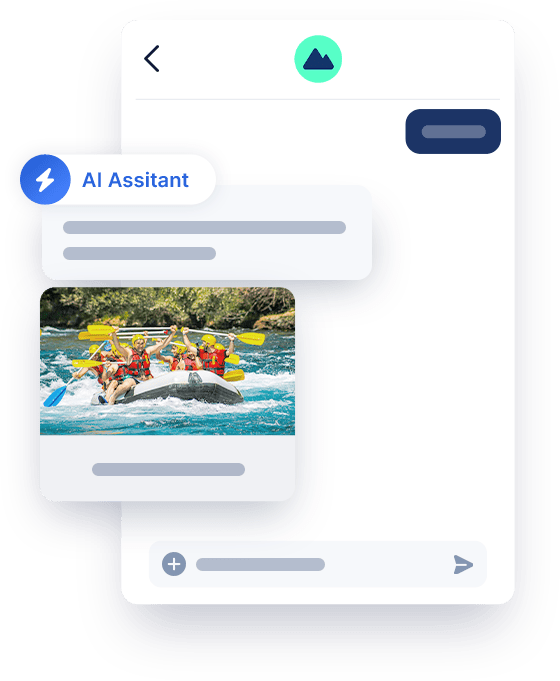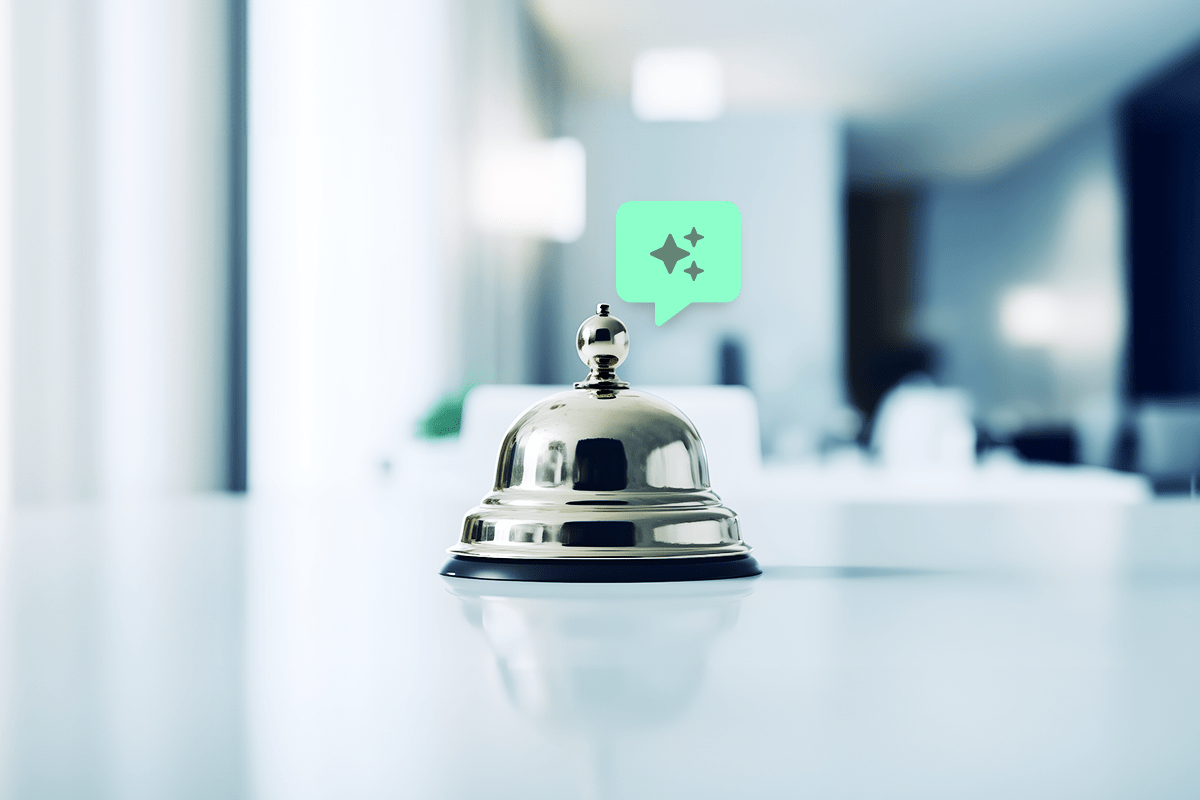8 Tips to Improve Customer Retention

The cost of losing one customer is equivalent to seven times the resources used to convert them. It’s imperative to not let it happen by implementing an effective customer retention strategy to improve customer retention..
Customer retention is the key to improving your business’ profitability. In some cases, increasing customer retention by 5% could lead to an increase in profit of as much as 95%. Do the math and then read on to find out some customer retention strategies that can help your business.
Customer retention can be one of the hardest things for companies to do. There are many reasons why companies lose customers, but the fact remains that most companies aren’t doing much to retain their customers. In this blog we will look at why it’s important to improve customer retention and why every company needs to start focusing on this important issue.
What Is Customer Retention?
No matter what your business or industry is, whether you’re just starting out or already running a thriving company, you need to learn about customer retention. A lot of businesses get it wrong and end up spending huge amounts of time and money trying to bring in new customers, but forget about the ones they already have.
Customer retention is the process of attracting repeat customers and keeping them from switching to a competitor. It is an important aspect of business strategy, and it can help businesses gain a competitive advantage.
The goal of customer retention is to maintain the company’s current customer base and increase loyalty by providing better service or more benefits. There are various methods that businesses use to retain customers, including loyalty programs, discounts, freebies, special offers, and targeted marketing campaigns.
Why Is Customer Retention Important?
Customer retention is important because 68% of sales come from existing customers. Loyal customers are more likely to share their experience with the company and they are also more likely to purchase from the company again in the future.
These customers are not only your customer’s best cheerleaders but they help you to better understand your brand. They will provide you with honest feedback about your product and customer service that will allow you to make the necessary adjustments to your business to make it more successful.
Customer retention is important because:
- Loyal customers who continue to support your brand will increase your profits
- They will also recommend your brand and give positive reviews to their family and friends
- Returning customers tend to spend more on your brand over time
- You get a greater return on your investment (ROI) from repeat customers than trying to acquire a first-time customer
It is important for companies to work on building loyalty because of these reasons. Even though only 12% to 15% of customers are loyal to a single retailer, they represent between 55% to 70% of the retailer’s sales. It is also good for them because loyalty can lead to a higher retention rate. This retention rate, in turn, leads to a higher profit margin which will mean a better bottom line for the company.
Calculating Customer Retention
Want to know exactly what your customer retention rate (CRR) is? You can calculate the percentage of customers you have retained over a period of time.
Customer retention is the return on investment in customer acquisition. It’s a measure of how many customers are retained in the course of one year, with a view to estimating the long-term profitability of marketing and sales efforts.
The cost per acquisition (CPA) is an economic term used to measure the cost incurred by a company, per new customer acquired. In other words, it’s the cost for a company to acquire one new customer who becomes loyal to their brand, so they keep buying from them.
In order for us to calculate our retention rate, we need to divide our number of loyal customers by our total number of active customers over that same time period.
Customer Retention Strategies
Businesses often lose customers due to poor customer service. If you don’t retain your customers, your business will lose a lot of money. Providing great customer service is just one of many customer retention tips. Here are a few more that will help you to build stronger relationships with your customers.
1. Good Values Build Good Relationships
Your company’s values are important to you. Your business processes, the quality of your products, and how you treat your customers should be a reflection of them. These things should make your values evident to your customers, but it doesn’t hurt to remind them occasionally.
Customers who stated they had a relationship with a brand indicated it was due to shared values. Brands that mirror customers’ beliefs while enhancing their lifestyles will naturally attract them. It’s known as implicit egotism.
Theoretically, people are unconsciously biased towards things they relate to or associate directly with themselves. It’s something all businesses should be aware of.
Let your customers know what you stand for and incorporate it into your brand. Having common values with your customers makes it easier to retain them.
2. Trust Is the Basis for Good Relationships
Creating a brand that is easily relatable is the first step to building trust with your customers. Having something in common fosters trust and this is the key to building a strong relationship and by extension, a successful business.
Use your customer data to find out more about your customers’ needs and provide them with a positive experience. Let it also guide you on the best way to communicate with them so that you earn their trust. When customers trust you, you don’t have to spend time convincing them to buy your product.
Research has shown that 82% of customers will continue using your brand if they trust it and 83% of customers who trust your brand, will recommend it to others. Conversely, bad service and distrust will result in them not only exercising their purchasing power elsewhere, but they will also spread the word that you’re not trustworthy.
The goal is to build a long-lasting, positive relationship with your customer.
3. Build Customer Expectations and Over Deliver Every Time
Seventy-six percent of customers feel that companies should understand their needs and expectations. A good price and quality are no longer enough. Today’s consumers expect much more because they have more choices and can purchase elsewhere if you don’t meet their needs.
There’s now an expectation of personalized and proactive service and interactions as well as a seamless experience across all your channels. The best way to meet their expectations is to know what your customers want. Get their feedback through surveys and reviews and analyze them to see areas that need improvement.
Be honest. If you know you can’t deliver, don’t over-promise. Otherwise, keep your promise. You lose your customers’ trust if you don’t. If you can’t keep your promise, apologize and find ways to compensate your customers.
Build a sustainable business by retaining your customers through customer satisfaction. Keep your customers returning for more by going above and beyond for them.
4. Let Customer Data Work for You
As mentioned, customer data can help to determine your customers’ needs. If you know some of your customers’ pain points, include them in surveys. Use feedback and reviews to provide solutions for your customers’ problems.
Surveys are an effective way to build and encourage customer engagement. It shows your customers that you value their opinion and that you care, and are willing to do whatever it takes to satisfy them. Some of the benefits of conducting customer surveys include:
- They’re a great way to interact with your customers
- Customers tend to give honest and open feedback
- These customers will be more likely to give feedback in the future if they see changes implemented based on prior concerns
- Survey feedback can result in positive adjustments to your products, services, or processes
- It can allow you to ensure you’re pursuing the right targeting strategy or assist in re-strategizing your email campaigns
Surveys can help you to identify dissatisfied customers before they decide to no longer support your company. You can create campaigns or offers to help to win them back. You can also treat customer complaints that come through other feedback channels, in a similar manner.
These customers can provide you with information about product defects or deficiencies in your service. It’s a great opportunity to improve these and it’s another way to learn your customers’ expectations. Seventy percent of customers who complain will purchase your product again if their complaints are favorably resolved.
5. There’s Always Room for Improvement
Always strive to provide exceptional customer service. Customers love great offers and discounts, but they love it when you help solve their problems even more.
You can ensure this by providing support to your customers by using the channels that make the most sense for your customers. Exceptional customer service should be present at all levels across your organization, so that no matter who your customer interacts with, they will get the same amazing service.
This includes ensuring all employees understand the key objective is to resolve customer issues promptly. Invest the time and money to optimize your customer service experience and remember that engagement is part of good customer service.
6. Keep Customers in the Loop
You should continuously educate customers by providing up-to-date information about your products and services. This should include sharing product milestones so that your customers know you strive for continuous improvement.
Communicate regularly using various channels including webchats, social media, and text messaging. Personalize your content so they target your various customer segments.
7. Determine Customer Lifetime Value
A key performance indicator (KPI) of customer retention is Customer Lifetime Value (CLV). It shows your customers’ worth over a period of time. It helps determine the value each customer brings to your business, otherwise known as customer’s equity.
Returning customers add more value based on the resources you’ve expended to acquire them. They’re usually your VIP customers and their loyalty will encourage them to tell others about your products and services.
CLV can help you determine what you should spend to engage your customers and can also help to predict revenue.
8. Reward Loyalty
Thoughtful gestures go a long way. In addition to discounts and offers, think of things that will make your customers feel good about using your product. A thank you note or any positive acknowledgment can keep your customers coming back.
Treat your customers well and they will respond accordingly. But nothing works better than exceptional customer service.
Want to know exactly what your customer retention rate (CRR) is? You can calculate the percentage of customers you have retained over a period of time.
Customer retention is the return on investment in customer acquisition. It’s a measure of how many customers are retained in the course of one year, with a view to estimating the long-term profitability of marketing and sales efforts.
The cost per acquisition (CPA) is an economic term used to measure the cost incurred by a company, per new customer acquired. In other words, it’s the cost for a company to acquire one new customer who becomes loyal to their brand, so they keep buying from them.
In order for us to calculate our retention rate, we need to divide our number of loyal customers by our total number of active customers over that same time period.
Building Customer Relationships
Customers are the foundation of any business. Without them, a business will not be successful. It is important that after using resources to acquire customers that you invest in customer retention. You can do this by using customer relationship-building strategies.
Building long-lasting customer relationships take time. One of the best ways to do this is through customer engagement. Quiq’s Conversational Engagement Platform will impress your customers during every interaction they have with your business.
Don’t miss out. Find out how our clients are increasing their conversions and retaining customers. Our platform is easy to use. Try it for yourself!




